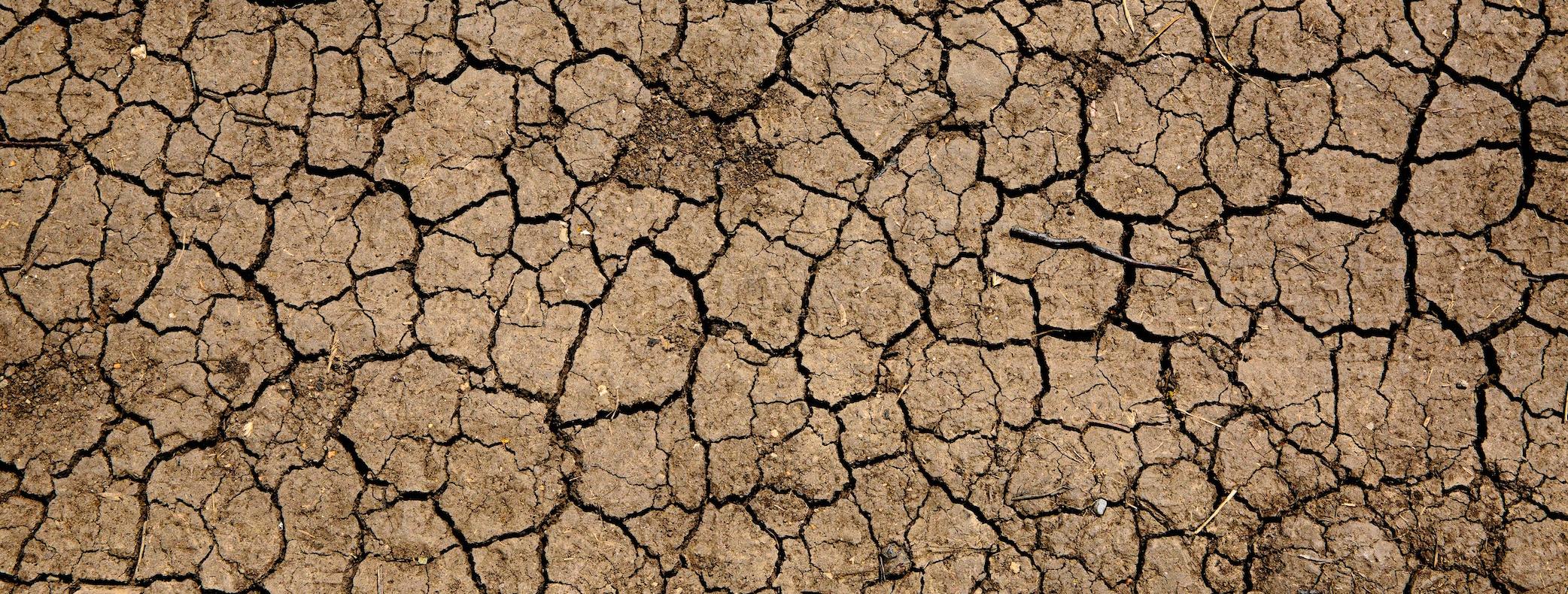
UN University: A Concern in the Summer: 5 Facts on Heat Stress
The past few weeks have seen an extreme heatwave in parts of the Northern hemisphere.
Global climate change continues to be a pressing concern and extreme weather events are on the rise. These include highly visible events such as hurricanes and floods; however longer-term gradual changes such as heatwaves also have a severe impact on society and its vulnerable groups, especially in urban spaces.
Here are five facts on heatwaves and their impacts.
1. Heatwaves are expected to become common.
In 2003 and 2010, record breaking temperatures were recorded across Europe. Events of such magnitude are expected to occur with growing frequency. Heatwaves represent an increasing threat in urban settings. Although not as visible as and therefore less reported than disasters such as cyclones and floods, the effects of extreme heat are severe, and can be deadly.
2. Heatwaves affect colder-climate countries too, and can have severe consequences.
As illustrated by the example of Quebec, rising temperatures and heatwaves are an increasing hazard in countries of comparably cold climate as well as in warmer climates. According to a report published by UN Climate Change, higher temperatures due to climate change cause heatwaves which affect human health. For example, in Germany alone, the heatwave of 2003 resulted in nearly 7,000 deaths and many heat-related illnesses due to heat stroke, dehydration, and cardiovascular disease.
3. Impacts of heatwaves can be particularly severe in urban areas.
Ongoing urbanization processes and increasing surface temperatures due to climate change result in increased heat stress risk in many urban areas around the world. Particularly densely built-up urban areas are prone to urban heat island effects where temperatures hardly cool down over night. Measures such as open green spaces or bodies of water and wind corridors have proven to be efficient countermeasures that can and should be included in urban planning strategies.
4. The effects of weather-related disasters are most severely felt by vulnerable populations.
Overall, increased heat will have a negative effect on health. Heat islands, a term used to describe areas with a high heat pollution threshold, are mainly concentrated in heavily populated and densely built-up urban areas. Vulnerable groups like elderly, young children or low-income households are likely to particularly suffer most from the adverse effects linked to climate change, as they tend to live in denser areas. As such, heatwaves represent an increasing threat to cities in both the Northern and Southern hemispheres.
5. Adaptation and mitigation measures are needed, but are not yet adequate.
Without mitigation measures to counter the weather-related hazards caused by climate change, it is likely that heatwaves will be more frequent, affecting human health and increasing costs.
City governments therefore increasingly should consider heatwave hazards in their development strategies. However, currently the lack of effective planning instruments related to heat hinder active implementation. Part of the challenge in the urban context is cities’ long-term dependency on existing buildings and infrastructure that are often not optimal in terms of weather-related hazards. As of yet our understanding is limited.